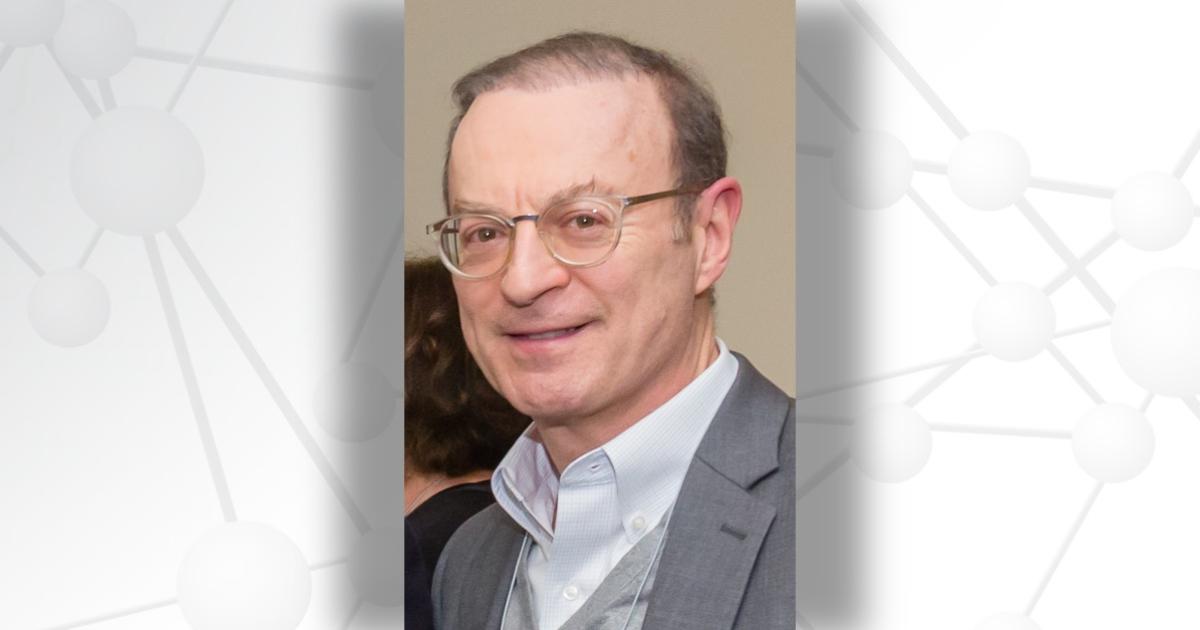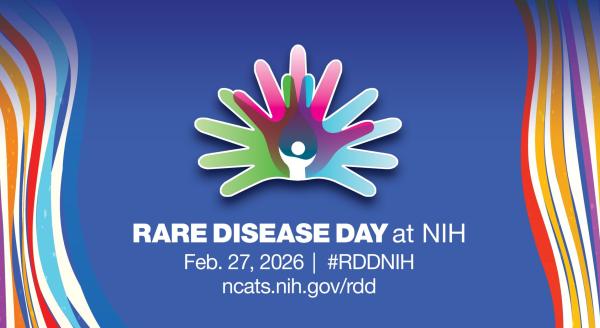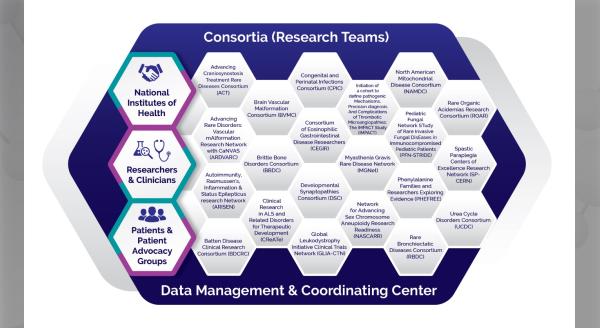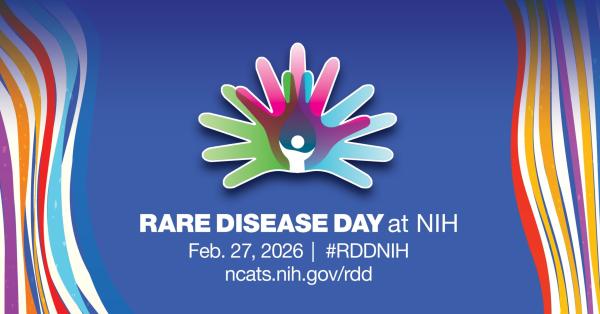Mark Rudolph serves as president of the Dystonia Medical Research Foundation (DMRF), a patient advocacy group that supports individuals and families affected by dystonia. The dystonias are a large group of movement disorders causing uncontrollable, sometimes painful, involuntary muscle contractions, resulting in repetitive shaking, turning, and twisting of affected body parts. Here, he shares his journey to rare disease advocacy, impactful work by the DMRF, and collaboration with the Dystonia Coalition (DC).
How did you get involved in advocacy work for rare diseases?
My wife and I got involved with the DMRF when our son was diagnosed with dystonia at age 8. He has a form called DYT1 dystonia, a genetic form that affects the entire body. Our son’s started in his feet and legs and then progressed to affect his arms and hands. He went from being a very active child to not being able to easily walk and he had to use a wheelchair at one point.
Dystonia is a neurological movement disorder that affects children and adults. It can affect the entire body, like it did with my son, or focus on one area of the body like the neck, limbs, eyelids, or vocal cords. Dystonia can be painful and disabling and it can take five years, or even longer in some cases, to get a diagnosis.
Like so many others, we had never heard of dystonia before our son was diagnosed. As parents we wanted to do something—to not only help him but also others who were diagnosed with this mysterious disorder. We thought about forming our own organization and then learned about the DMRF, saw how effective it was, and thought we could have more of an impact as part of this wonderful organization.
Can you tell us more about the DMRF?
The DMRF was founded over 45 years ago by the parents of a teen-aged daughter, who like my wife and I, wanted to make a difference for those who were affected by dystonia by supporting research, education, and providing support.
Our mission is to go out of business, for all the right reasons, and we will do that through our research program. We are proud of the research we have supported and grateful to the researchers who work so hard to help us advance our understanding of dystonia. For example, my son, like many others, has benefited greatly from the DMRF-funded work done with deep brain stimulation (DBS).
We also are painfully aware that science can never move fast enough for those who are waiting for answers, so the DMRF is dedicated to providing accurate and balanced information for people to use when making treatment decisions with their doctors. Research has demonstrated that informed patients do better with treatments.
We also work very hard to increase awareness of what dystonia is and how it changes lives. This is important for a number of reasons. Because so many people still do not know what dystonia is, you have to explain it every time you talk about it. You don’t have to do that with, say, cancer. People may not know the specifics of the form of cancer someone has but everyone has a general idea of what cancer is. This is not the case with dystonia, and it can be exhausting for people to have to constantly define dystonia. It would be so helpful if people had some familiarity with it, even if they simply knew it was a movement disorder. Also, awareness is important for attracting new investigators to the field, which is something the DMRF is very committed to doing.
The DMRF is also dedicated to providing support to those who are affected by dystonia. This can be a very isolating disorder and the Foundation works very hard to connect people, so they know they are not alone and that there are people ready and willing to help them through a particularly bad day or to share coping strategies. Anxiety and depression unfortunately often accompany many forms of dystonia, so helping to connect and support those affected is very important.
The DMRF is a part of the Dystonia Advocacy Network, a collaborative effort of dystonia patient organizations working together to ensure the legislative and policy needs of the dystonia community are heard. The DMRF provides the staff support to this effort that has been working successfully for over 15 years. It is another example of how we put individuals with dystonia first in this community.
How is the DMRF engaged in the DC?
The DMRF was there at the very start of the DC when we, along with other patient advocacy groups, met with investigators to discuss the need for a collaborative network to address how to reduce barriers to conducting dystonia research.
The DMRF also serves as an administrative center for the DC. In this role, the DMRF takes on administrative tasks that support the work of the DC. We contract with all of the sites and pay the recruitment fees, the Pilot and Career Development Awards, and others. The DMRF does this at no cost to the DC so the NIH (National Institutes of Health) dollars can be put toward the important research projects the DC is doing. It has been a big job but one that we are pleased to be able to do.
The DMRF executive director sits on the Executive Committee of the DC and our chief scientific advisor is involved in committees reviewing Pilot Project applications. Our scientific director is also co-director of the DC. Additionally, our executive director has been involved with the RDCRN Coalition of Patient Advocacy Groups (CPAG) since it was approved, and she served as co-chair of the CPAG at one point.
Patient advocacy organizations are very involved in the DC, and we are grateful to have a strong working relationship with the investigators.
How do you support research?
The DMRF feels strongly about research, as it is key to achieving our mission. We issue two to three, sometimes more, requests for applications a year and fund the best research globally. As a small organization, we have to be strategic with our research dollars. We want investigators to be able to use our funds to get preliminary data that can then be used to secure more robust funding with the NIH or other funding sources.
We also want to support young investigators entering the field and offer a research fellowship program. Many of the world’s dystonia experts trace their dystonia research roots to a fellowship grant they received from the DMRF when they were just starting out. The DMRF also has a clinical fellowship program to help ensure excellent training for physicians so dystonia can be diagnosed faster, and people can get treated sooner.
The DMRF has also partnered with the DC to co-fund Career Development Awards, helping to stretch the DC’s funding as far as we can. We have committed more than $37 million in research since our inception and are proud of the discoveries that have resulted from our awards.
In addition to grant awards, the DMRF organizes and hosts scientific meetings to bring together experts to discuss the state of certain aspects of dystonia research and make recommendations on new paths for exploration. These meetings have been so important not only to identifying potential new areas of research, but also to fostering collaboration in the field.
What are your goals for the future?
Ultimately our goal is to achieve our mission and close our doors forever because no person or family is ever again burdened with dystonia. However, we have a lot of work to do before that can happen.
We work very hard to make sure that promising research can happen. We work hard to create opportunities for funding, whether through the DMRF research program, a collaboration with another dystonia group, or with federal funding. This means we have to be the squeaky wheel from time to time and it is a role we gladly take on. I would like to express my personal gratitude to all of the investigators working so hard to improve the lives of people, like my son, affected by dystonia. Their work gives us hope.
I want people who are battling their bodies because of dystonia to know that the DMRF is here for them, working every day to get us across that finish line.
The Dystonia Coalition (DC) is part of the Rare Diseases Clinical Research Network (RDCRN), which is funded by the National Institutes of Health (NIH) and led by the National Center for Advancing Translational Sciences (NCATS) through its Division of Rare Diseases Research Innovation (DRDRI). DC is funded under grant number U54NS116025 as a collaboration between NCATS and the National Institute of Neurological Disorders and Stroke (NINDS).






